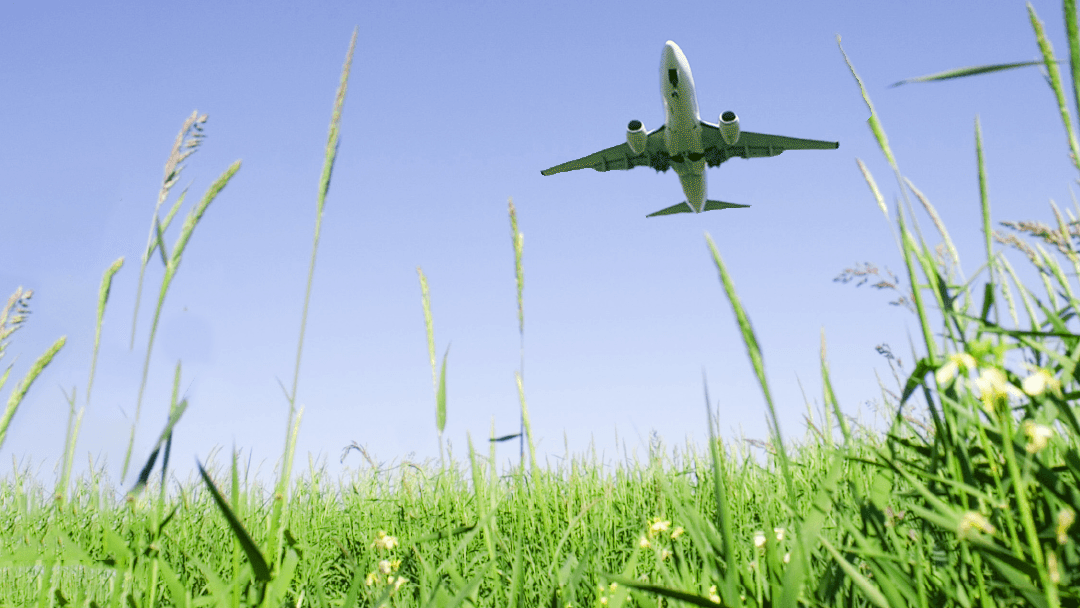Recently, ALPA applauded the introduction of The Sustainable Skies Act (H.R.3440/S.2263) which promotes the development of sustainable aviation fuels (SAF), and a commitment from the Biden administration to spur a new SAF market. These less-polluting SAF, coupled with considerations for electric aircraft to address travel to smaller communities, will help to further reduce our impact on the environment. The International Civil Aviation Organization (ICAO), the specialized branch of the United Nations charged with the planning and development of international air transportation, has issued policy for achieving carbon-neutral growth from 2020 and reducing carbon emissions by 50 percent by 2050 compared to 2005 levels, which ALPA fully supports.
The aviaiton industry has made remarkable progress towards minimizing our collective carbon footprint. Since the introduction of jet airliners in the 1950s, carbon dioxide emissions per-seat-mile has decreased by 80 percent. Today, air travel accounts for only 2 percent of human activity–caused global emissions. ALPA’s white paper, “Airlines and the Environment” outlines many of the technological advances and research that have worked to reduce that impact even further.
There have been many advances in the design of aircraft engines and airframes aimed specifically at reducing drag and fuel consumption. And while these actions have delivered landmark results, operational changes like the implementation of enhanced departure-flow operations mean fewer aircraft waiting in departure-taxi holding lines and reduced taxi-out times, which also reduce fuel consumption and carbon emissions.
Our industry continues to make tremendous strides in environmental sustainability, but not because governments have imposed regulatory requirements to do so. Rather, real progress has been achieved because the airline industry realizes that applying these improvements simply makes good business sense and because airlines have a strong desire to reduce the industry’s impact on the environment.
